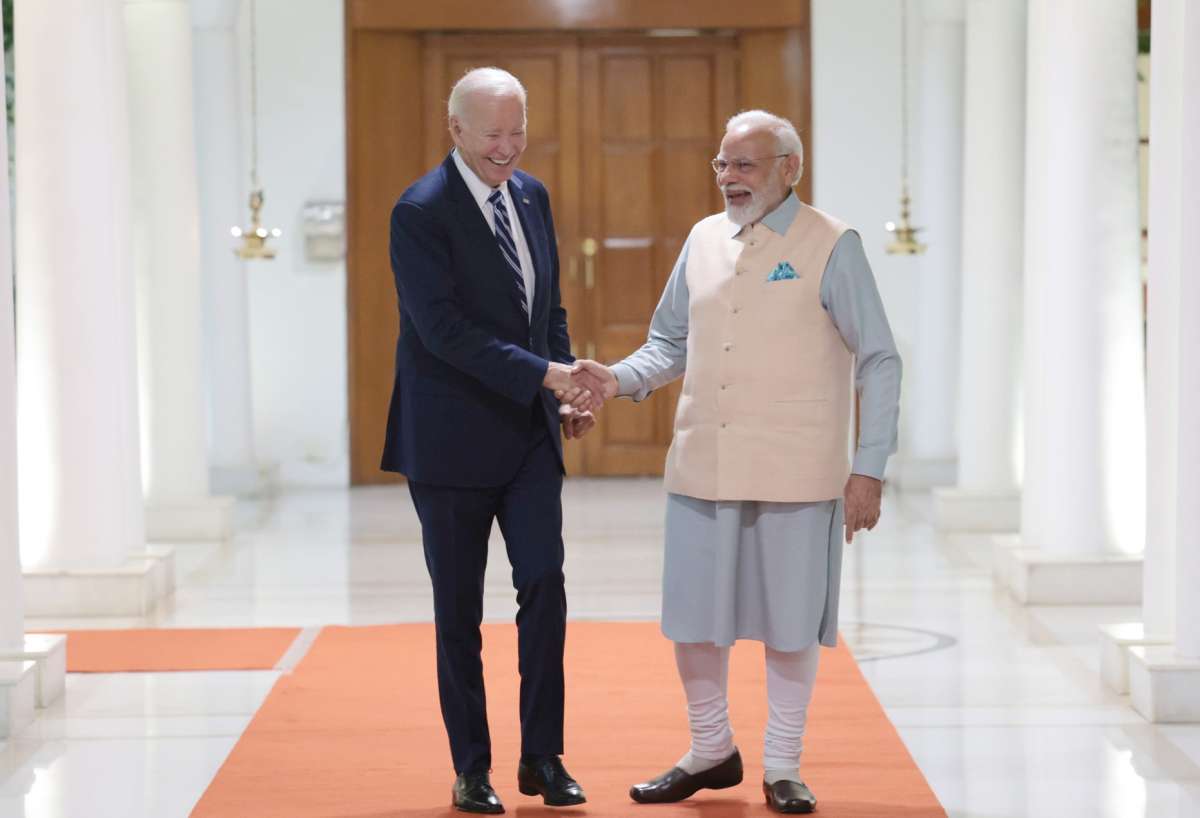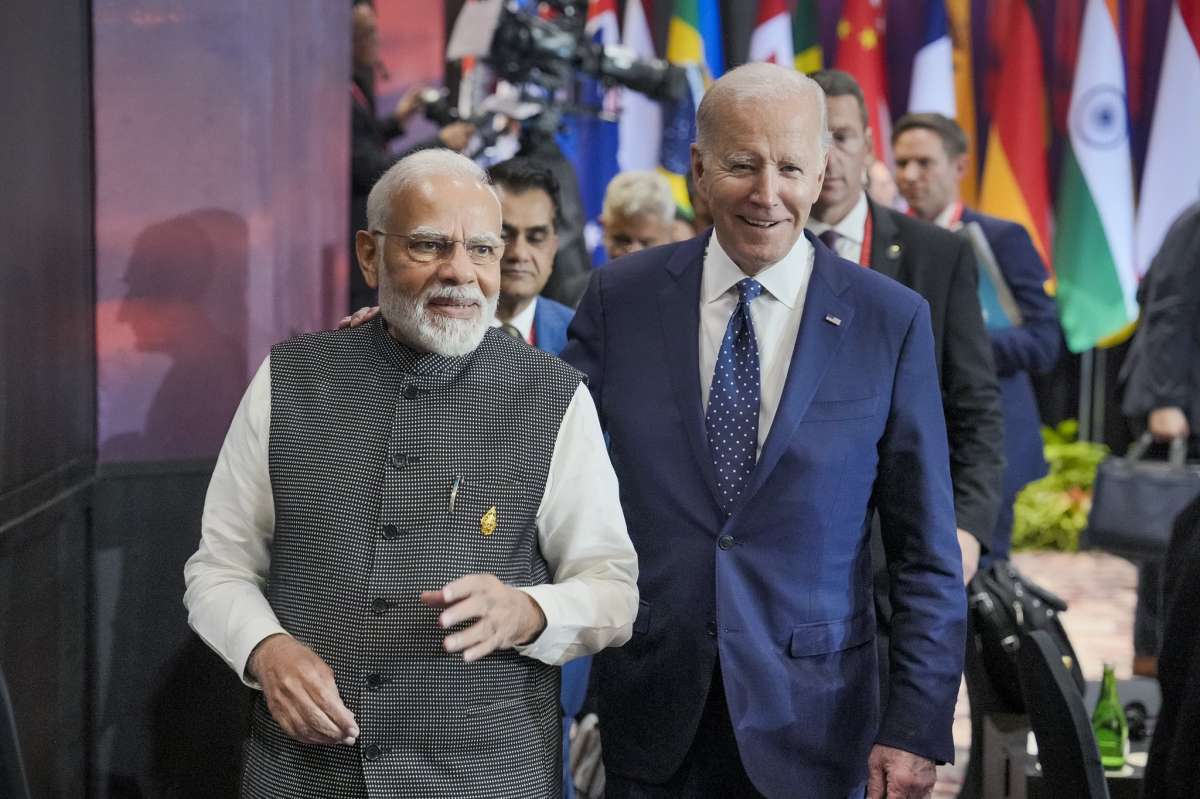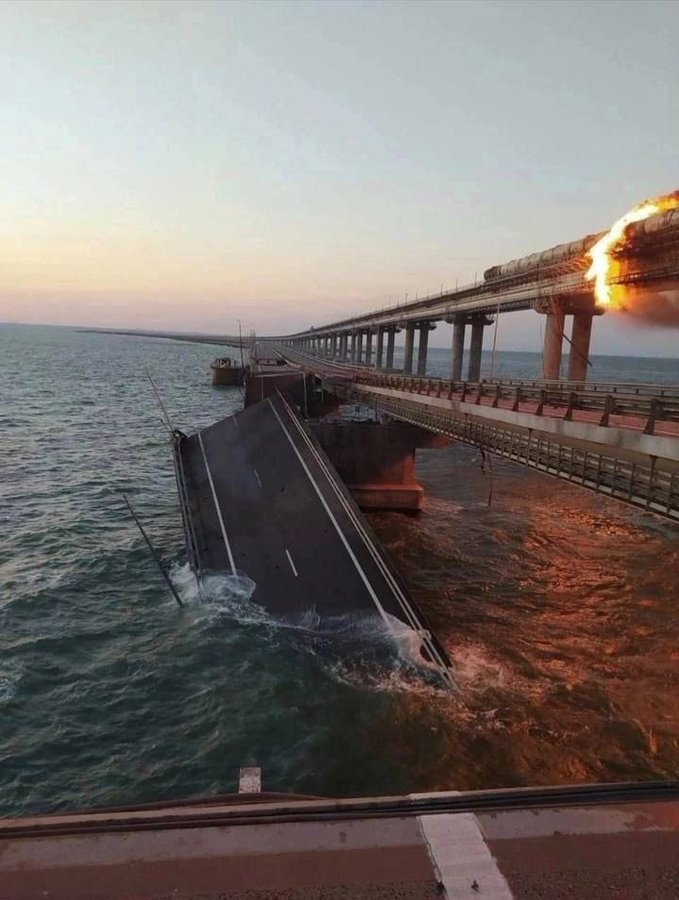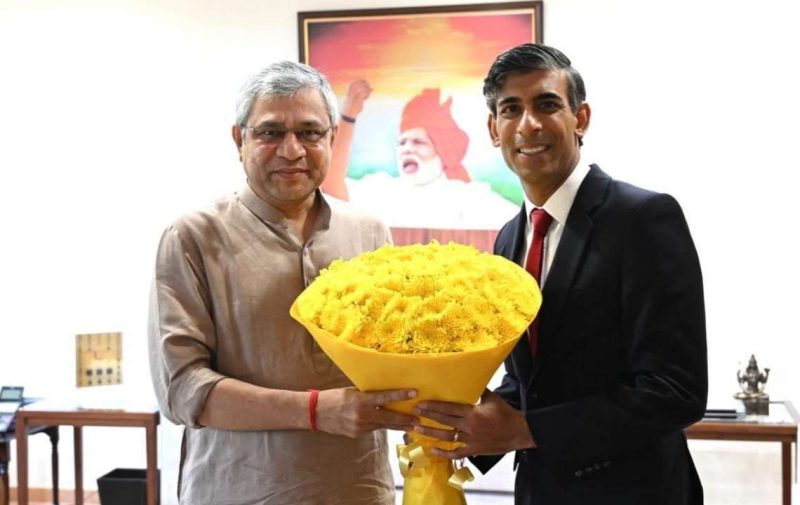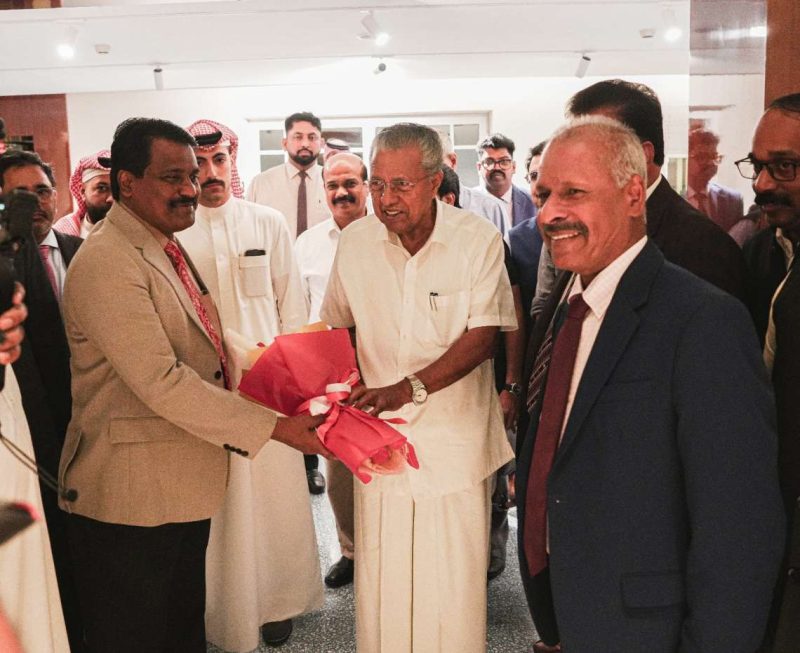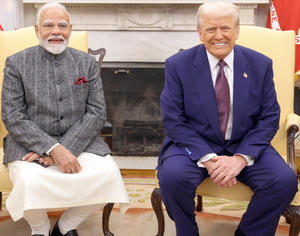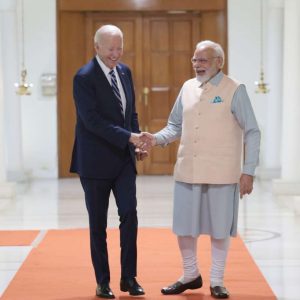For the first time since 2018, the US administration on September 8 approved nearly USD 500 million in aid to fund the maintenance of Pakistan’s fleet of F-16 fighters without a guarantee that it will not be used against India, which Washington nevertheless wants to ally against China.
US under the pretext of fighting terrorism has provided an aid package to Pakistan’s F-16 fleet; however experts say that it is rather a US paradox as the “friendly” country to which the aid is given is sheltering terrorist entities proscribed by UN and America itself.
The expert said that it would indeed be necessary to explain to the American taxpayers the following paradox: “under the pretext of the fight against terrorism, their government finances with their money the maintenance and the modernization of a fleet of hunters – certainly produced in America by a national company, Lockheed Martin – but to the friendly country which shelters Pakistan terrorist entities proscribed by the UN and by the American authorities themselves!”
Moreover, by this decision which is difficult to understand, what signal is Washington sending to the omnipotent generals of the Pakistani army as well as to its powerful intelligence services, said expert Olivier Guillard in an article for a media outlet Asialyst.
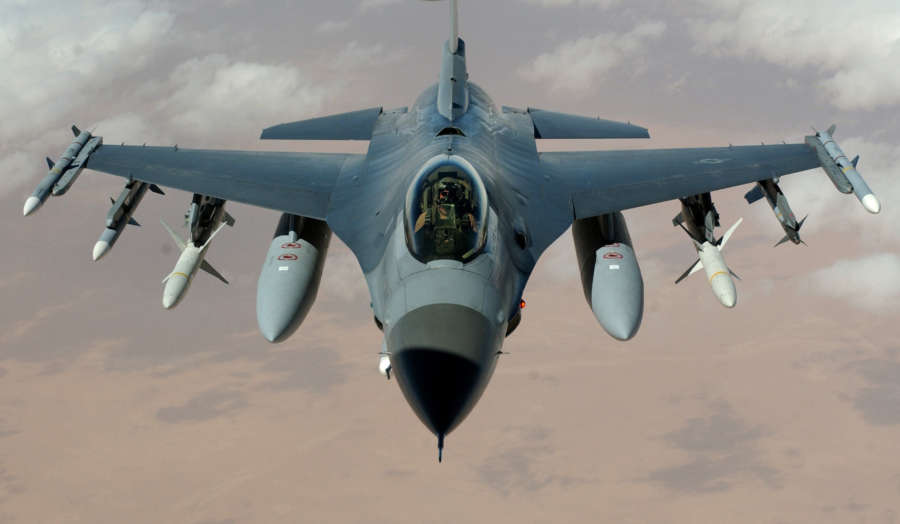
Isn’t this giving them de facto a blank check to pursue as they please – in the volatile Kashmiri theater to begin with, then in Afghanistan – their eternal Indo-centric agenda?
For the first time since 2018, the US administration on September 8 approved nearly USD 500 million in aid to fund the maintenance of Pakistan’s fleet of F-16 fighters without a guarantee that it will not be used against India, which Washington nevertheless wants to ally against China.
On September 26, there were celebrations at the National Museum of American Diplomacy in Washington for the 75th anniversary of the establishment of diplomatic relations between the United States and Pakistan.
Accompanied by his Pakistani counterpart, the American Secretary of State Antony Blinken suggested to his guest to “implement [in the future] a responsible relationship with neighbouring India”.
The head of American diplomacy confirmed on this occasion to his visitor a timid emergency financial assistance to cope with the floods drowning the country, while inviting Islamabad to obtain from Beijing – one of his other ” close allies” – a restructuring of its large bilateral debt.
During this meeting with the new Pakistani Minister of Foreign Affairs, Bilawal Bhutto, Antony Blinken did not dwell on the many points of long-standing divergence between Washington and Islamabad – “We have had differences, it is not a secret for no one (…). It’s a resilient relationship. It is capable of overcoming the challenges we have had to face.”

The head of American diplomacy preferred by far to hold a more removed and optimistic speech, “We share a common goal: a more stable, more peaceful and freer future for the whole of Afghanistan and for all the inhabitants of the region […]. And I am convinced that an even brighter future awaits us, a future that everyone in this room will literally have to help bring about.”
After waryness shown by India over the F-16 US package to Pakistan, Antony Blinken pointed out that this financial package “is intended for the maintenance of Pakistan’s existing fleet. It’s not about new planes, new systems, new weapons. It is a question of ensuring the maintenance of the existing equipment,” the expert wrote in the article.
As a reminder, during their last armed clash in 2019 and more precisely during combat between the two air forces over Kashmir, the Indian air force allegedly shot down a Pakistan air force aircraft, possibly an F-16.
It is therefore not surprising that the head of Indian diplomacy is moved by the news of this American financial assistance intended for the maintenance of the PAF and its F-16 fighters in particular, considering that these devices are in no way – unlike according to Islamabad and Washington – engaged primarily in the fight against terrorism on Pakistani territory.
Indian defence minister Rajnath Singh also came forward to his American peer, Defense Secretary Lloyd Austin, to express his concerns for the package.
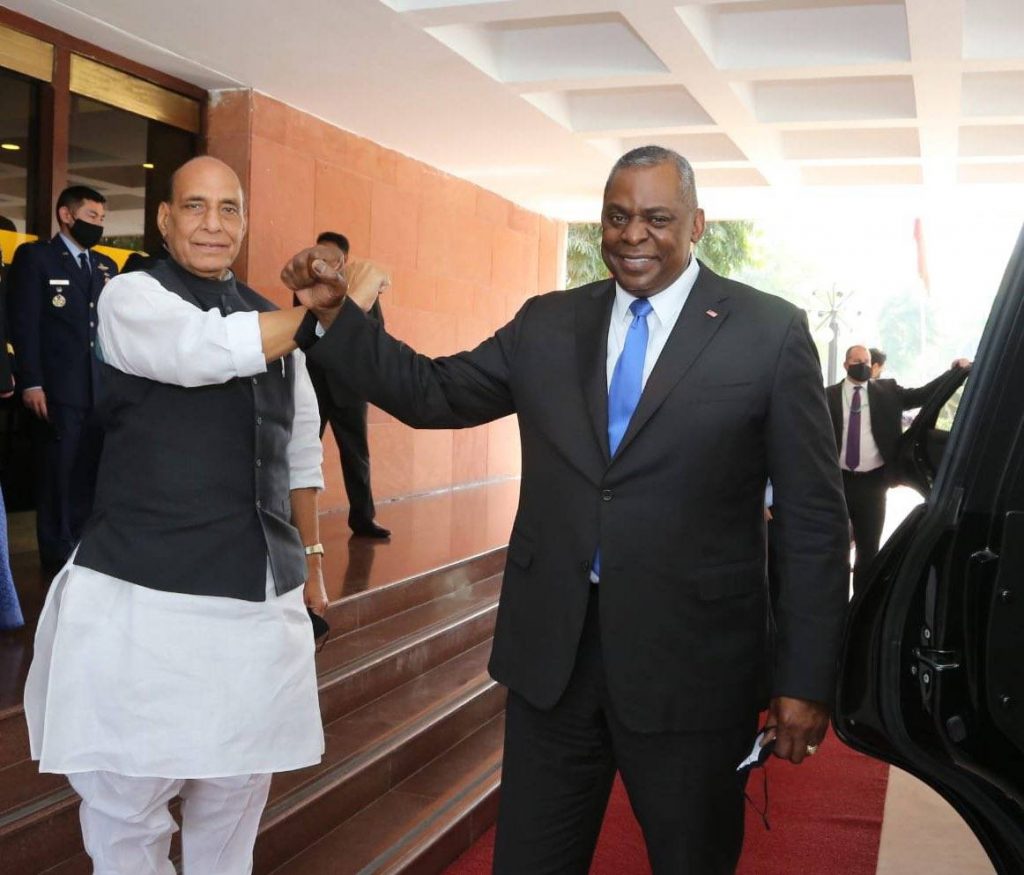
From the podium of the annual General Assembly of the UN, Pakistani Prime Minister Shehbaz Sharif reserves a substantial part of his intervention in front of the audience of diplomats and the media to blame India for all or part of the torments of Pakistan.
An approach contributing more surely to further tighten bilateral relations almost at a standstill (since 2019) than to initiate a sketch of “detente.”
Moreover, as is often the case in Pakistan, Pakistan has a constant obsession with India during serious internal crises such as the recent catastrophic floods and the collapse of the national economy.
During these tough times Pakistani leaders feel “compelled” to harden the tone against India and fail to take action to improve its own national situation for its 226 million citizens.
Expert Guillard is a specialist in Asia, a researcher at CERIAS (the University of Quebec in Montreal) and an author. (ANI)
ALSO READ: Flood-hit Pakistan shouldn’t be forced to carry ‘begging bowl’: PM



